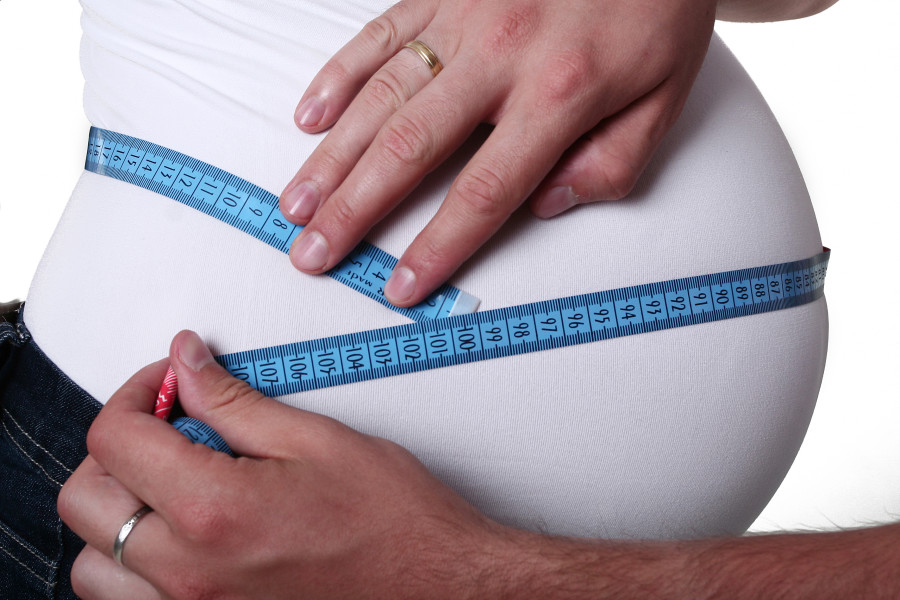Note: The Pregistry website includes expert reports on more than 2000 medications, 300 diseases, and 150 common exposures during pregnancy and lactation. For the topic Obesity, go here. These expert reports are free of charge and can be saved and shared.
Obesity is an equal-opportunity epidemic, affecting men, women, children—and even newborns.
Women of childbearing age have grown heavier along with everyone else, placing them at a greater risk of gestational diabetes—diabetes that develops during pregnancy– if they get pregnant.
For that reason, experts recommend that if you’re overweight or obese, you should try to lose weight before you try to get pregnant. But half of all pregnancies are unplanned, so you could conceive before you had a chance to slim down. However, new research suggests that even after you get pregnant, you might still have a chance to reduce your risk of gestational diabetes, or, at least, its potential complications for you as well as your baby.
New studies on obesity and pregnancy
In one new study, Finnish researchers enrolled 293 women who were less than 20 weeks pregnant and did not have type 1 or type 2 diabetes. All of the women had gestational diabetes in a previous pregnancy and/or a pre-pregnancy BMI of 30 or more, which classified them as obese. BMI is calculated using height and weight, and it has superseded the traditional height/weight charts. For example, a 5-foot-4 woman who weighs 174 pounds has a BMI of 30. (Anyone with a BMI of 25 to 29.9 is classified as overweight.)
The women were randomly divided into two groups: Those in one group received individual counseling on diet, physical activity and weight control from nurses specially trained for the study. They also met once as a group with a dietitian. The other group received standard prenatal care.
All of the women were tested for gestational diabetes 24 to 28 weeks into their pregnancies, which is standard. Turns out that only about 14% of the women who received individual counseling developed gestational diabetes, compared to nearly 22% of those who’d received only standard prenatal care, a difference of about 40%. And that difference was seen after the researchers took into account the women’s ages, pre-pregnancy BMI, the number of weeks they were pregnant and whether they had gestational diabetes in a previous pregnancy—all factors that could influence their risk of gestational diabetes.
In another new study that suggests all is not lost even if you’ve been diagnosed with gestational diabetes, Danish researchers culled the medical charts of 1,344 women with gestational diabetes who had already delivered their babies. The scientists found that, compared to overweight women, the obese women had a higher rate of complications, as did their babies—especially if the moms gained more than six-tenths of a pound per week. Efforts to better manage blood sugar and weight gain in women with gestational diabetes could lead to healthier mothers and babies, the researchers concluded.
The Risks to Moms and Babies
Gestational diabetes occurs in about 1 in 5 pregnancies, but the figure varies depending on the criteria used to diagnose the condition and ethnic makeup, according to a new review article about the condition. For example, the authors note, rates of gestational diabetes in the US are higher in black, Hispanic, Native American, Pacific Islander and South or East Asian women than in Caucasian women.
Gestational diabetes increases your risk of preeclampsia, or high blood pressure acquired in pregnancy, a serious condition that can lead to babies being born too early or a stroke in moms during labor and delivery.
Plus, if you develop gestational diabetes, your baby is more likely to be larger than most at birth. Size really does matter. No matter how much publicity those super super-sized newborns get, you really don’t want to carry and deliver one.
That’s because having a large baby, even one whose birth weight isn’t in double digits, increases the odds of a cesarean section or an “operative” vaginal delivery, in which forceps or a vacuum device is used to expedite delivery. Other complications include a condition called shoulder dystocia, difficult labor in which the baby’s shoulders get stuck inside the mother, sometimes resulting in nerve damage in the baby. In addition, babies of moms with gestational diabetes are at much higher risk of developing obesity and diabetes themselves.
Bottom line: If you’re overweight or obese, eating for two could mean eating less than you think you have to, not more.
Tell us about your experiences in the comments section below!



